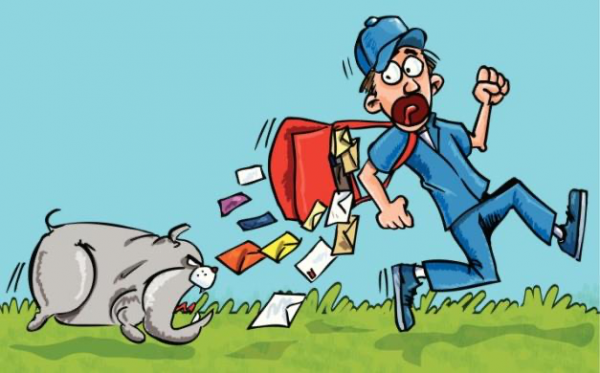
One of the most common questions we are asked is "Help, my eMail is not working..." of "Help, I cannot send eMail" or "Help, my eMail disappeared.." . Troubleshooting these eMail issues is complicated by the myriad of eMail clients, servers and accounts as well as issues of connectivity unrelated to eMail.
When a friend calls with eMail issues, my first question is always - "do you have internet?" and I ask them to go to Safari and try to surf to a website that they do not normally visit (to avoid any caching issues). If they have connectivity we can move to diagnose eMail issues. If connectivity is the issue we go through the steps of restarting the radios on the Mac, iPad or iPhone by putting them in Airplane mode and taking them off. Then we may try restarting the device, investigating whether the internet service provider is having a downtime and restarting the modem or router.

But if they successfully surf to the random website that I give them, perhaps my favorite restaurant or lefty political news site, we have to look at other issues to address mail. Mail servers go down and it is pretty simple to determine if your server is down. That is usually not the problem.
If you are not receiving eMail here are some suggestions of steps to try:
Many email providers offer webmail, which is a way to use email with a web browser such as Safari, instead of with an email app such as Mail. For example, if you're using an iCloud Mail account, you can use iCloud.com to send and receive email, if you use Gmail you can use gmail.com or if you are wicked old and still have an AOL account - get a new account!
Webmail is a good way to verify that your account is valid and you can sign in to it from the web, but it doesn't mean that your account is set up correctly in Mail. If a mail server doesn’t accept your user name and password, try these suggestions.